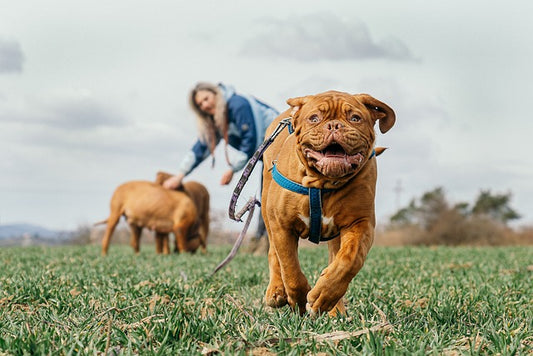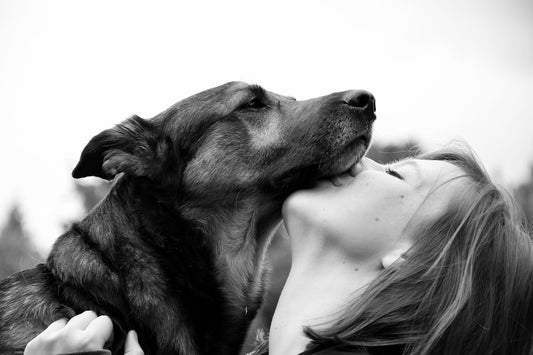As pet owners, one of the most valuable skills we can develop is the ability to understand our pets' body language. Pets communicate a lot through their posture, movements, and facial expressions. By learning to interpret these signals, we can strengthen our bond with our furry friends and better respond to their needs. In this post, we’ll explore some common signs of pet body language and what they mean.
1. Dog Body Language
-
Wagging Tail: A wagging tail usually indicates happiness, but the speed and position matter. A slow wag can mean uncertainty, while a fast wag with the tail held high generally signifies excitement. If the tail is low and wagging slowly, your dog may be anxious or submissive.
-
Ears Position: Dogs with ears perked up are alert and curious, while ears pinned back against the head can indicate fear, submission, or aggression.
-
Body Posture: A relaxed body posture with a loose stance and slightly open mouth suggests comfort and happiness. Conversely, a stiff body with raised hackles (fur along the back) may indicate fear or aggression.
-
Play Bow: When a dog lowers its front legs while keeping its rear end up, it's a friendly invitation to play.
2. Cat Body Language
-
Purring: While purring is often associated with contentment, cats may also purr when they are anxious or in pain. Context matters!
-
Tail Position: A cat with a tail held high is usually happy and confident. If the tail is puffed up, it’s a sign of fear or aggression. A low or tucked tail indicates submission or insecurity.
-
Ears Movement: Forward-facing ears indicate curiosity and interest, while flattened ears signal fear or aggression.
-
Slow Blinking: Cats often communicate affection through slow blinks. If your cat gives you a slow blink, it's a sign of trust and love.
3. Understanding Fear and Stress Signals
Recognizing signs of fear or stress is crucial for your pet’s well-being. Common signals include:
- Cowering or Hiding: Your pet may try to hide or shrink away when scared.
- Panting or Excessive Grooming: Both can indicate anxiety in dogs and cats.
- Excessive Barking or Meowing: This may be a response to stress or discomfort.
Final Thoughts
Understanding your pet's body language is essential for building a strong, trusting relationship. By paying attention to their cues, you can better respond to their needs and create a harmonious home environment. Remember, every pet is unique, so take the time to observe and learn about your own furry friend’s specific signals.
What have you learned about your pet’s body language? Share your experiences in the comments below! 🐾❤️









